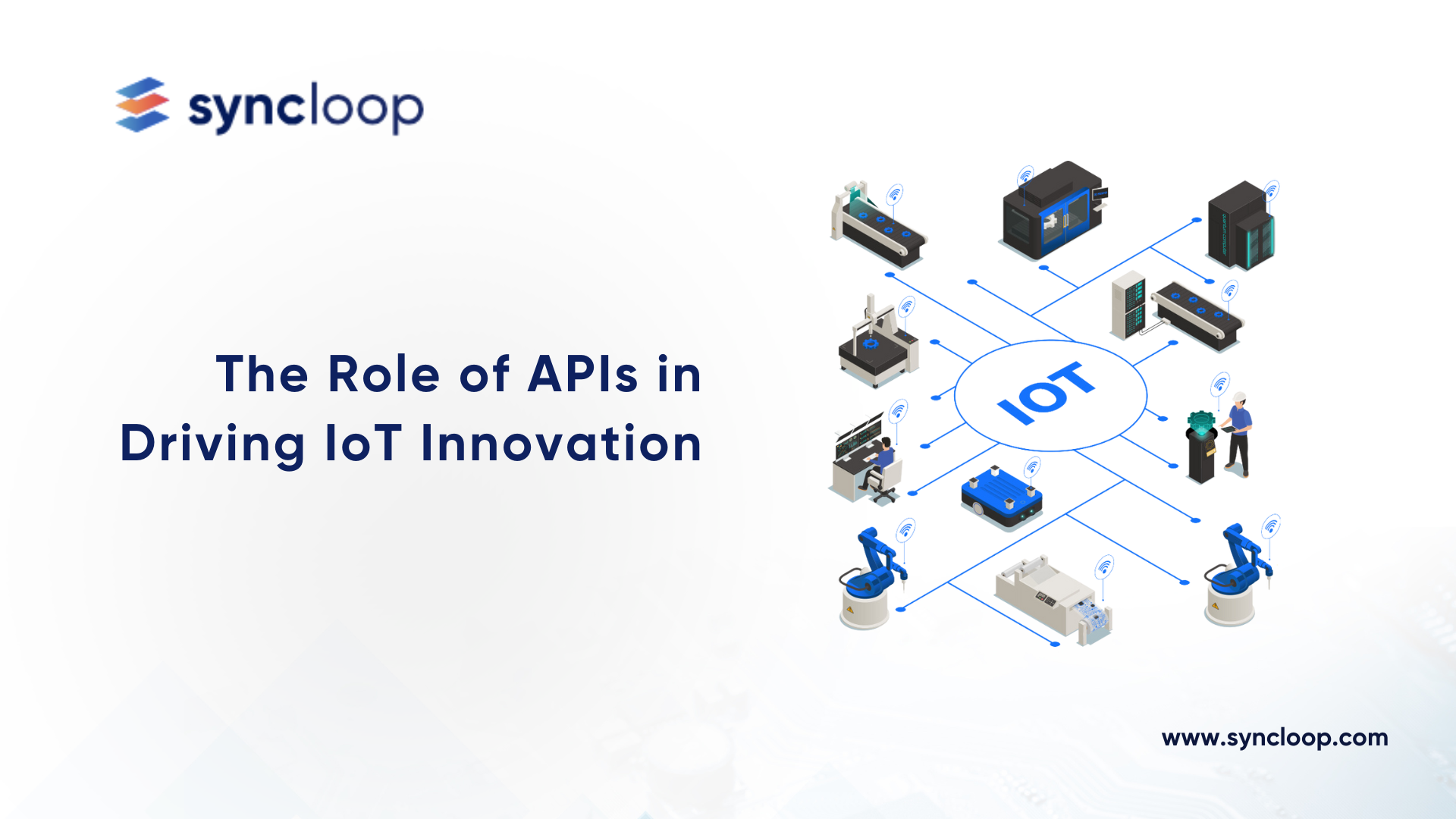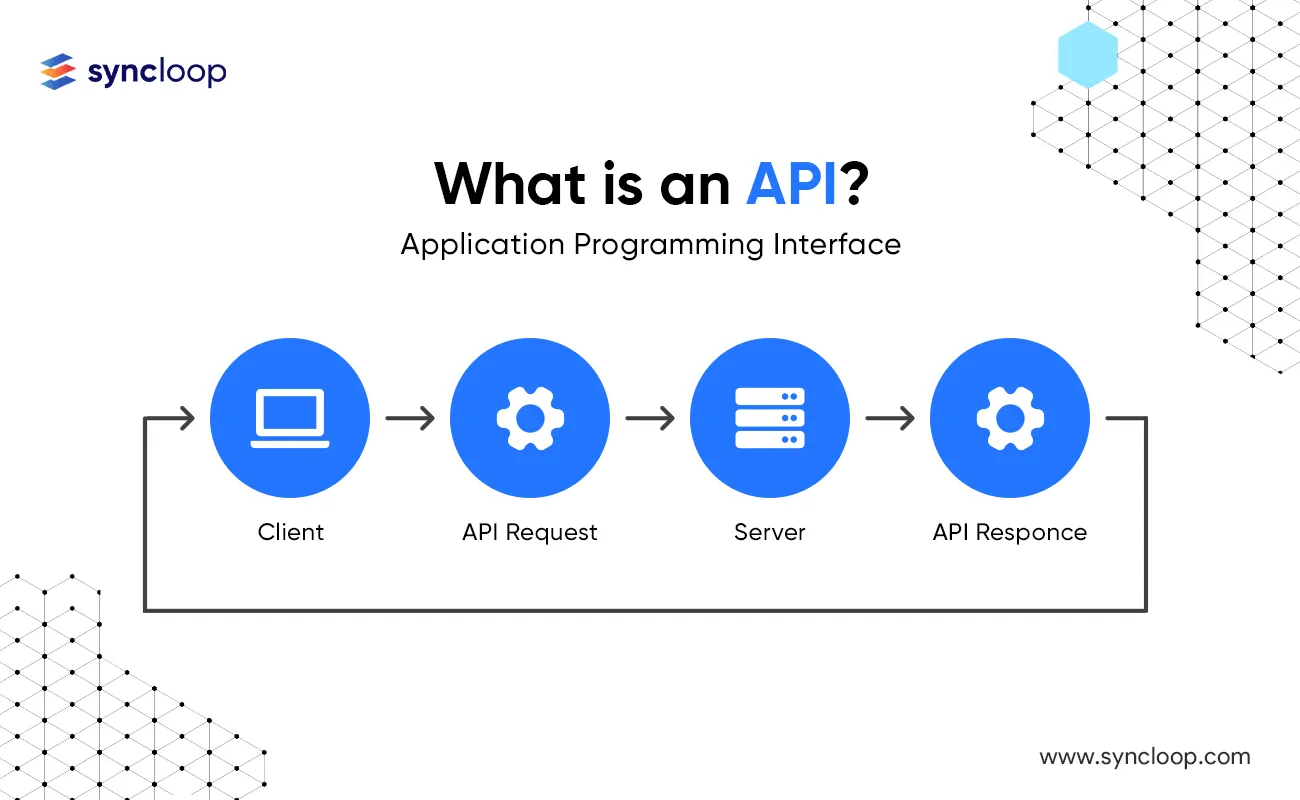The Role of APIs in Driving IoT Innovation
Posted by: Deepak | August 22, 2024

Categories: APIs, IoT, data integration
The Internet of Things (IoT) has revolutionized the way businesses operate, generating vast amounts of data from connected devices. To extract meaningful insights and create new business opportunities, integrating IoT devices with existing systems and applications is essential. APIs (Application Programming Interfaces) play a pivotal role in bridging this gap, enabling seamless data exchange and unlocking the full potential of IoT.
The Intersection of IoT and APIs
IoT devices generate a wealth of data, but its true value lies in its ability to be processed, analyzed, and acted upon. APIs serve as the bridge between IoT devices and the digital world, enabling:
- Data Collection and Aggregation: APIs facilitate the collection of data from various IoT devices, aggregating it into a centralized repository for analysis and processing.
- Real-Time Data Processing: APIs enable real-time data processing and analysis, allowing businesses to respond quickly to changing conditions and make informed decisions.
- Integration with Existing Systems: APIs enable IoT data to be integrated with existing enterprise systems, such as ERP, CRM, and BI platforms, to enhance operational efficiency.
- Development of New Applications and Services: APIs expose IoT data and functionalities to developers, fostering the creation of innovative applications and services.
Key Benefits of Integrating APIs with IoT Devices
- Enhanced Decision Making: By providing access to real-time data, APIs empower businesses to make data-driven decisions and optimize operations.
- Improved Customer Experience: IoT devices integrated with APIs can deliver personalized experiences based on customer behavior and preferences.
- Increased Operational Efficiency: By automating processes and optimizing resource utilization, APIs can significantly improve operational efficiency.
- New Revenue Streams: APIs can unlock new business models by enabling data monetization and the development of new products and services.
Integration Challenges and Considerations
Integrating IoT devices with APIs presents several challenges:
- Data Security and Privacy: IoT devices handle sensitive data, requiring robust security measures to protect against unauthorized access and data breaches.
- Data Volume and Velocity: IoT devices generate massive amounts of data at high speeds, necessitating efficient data handling and processing capabilities.
- Interoperability: IoT devices from different manufacturers often use varying communication protocols, requiring API integration to bridge the gap.
- Real-Time Processing: Processing and analyzing IoT data in real-time can be computationally intensive, requiring efficient data management and processing techniques.
API Integration Strategies for IoT
To effectively integrate IoT devices with APIs, consider the following strategies:
- Data Aggregation and Preprocessing: Collect and preprocess IoT data before sending it to APIs to reduce data volume and improve processing efficiency.
- API Design for IoT Data: Design APIs specifically for IoT data, considering data formats, frequency of updates, and security requirements.
- Real-Time Processing and Event-Driven Architecture: Utilize technologies like Apache Kafka or MQTT to handle high-volume, real-time data streams from IoT devices.
- API Security: Implement robust security measures, including authentication, authorization, and encryption, to protect sensitive IoT data.
Use Cases for IoT and API Integration
- Smart Manufacturing: Integrate IoT sensors with APIs to monitor equipment health, optimize production processes, and predict maintenance needs.
- Smart Cities: Utilize APIs to connect IoT devices like sensors, cameras, and smart meters to create intelligent city infrastructure and improve citizen services.
- Connected Vehicles: Integrate vehicle sensors with APIs to provide telematics services, predictive maintenance, and real-time traffic information.
- Healthcare: Use IoT devices and APIs to monitor patient health, enable remote patient monitoring, and facilitate data sharing between healthcare providers.
Tools and Technologies for IoT and API Integration
- IoT Platforms: Platforms like AWS IoT Core, Azure IoT Hub, and Google Cloud IoT Core provide a foundation for managing IoT devices and data.
- API Management Platforms: Tools like Syncloop can be used to manage and secure APIs connecting IoT devices to backend systems.
- Data Streaming Platforms: Platforms like Apache Kafka and Apache Spark can handle high-volume IoT data streams and enable real-time processing.
- Data Analytics Platforms: Tools like Hadoop, Spark, and cloud-based analytics services can be used to extract insights from IoT data.
Conclusion
The integration of IoT devices with APIs is a powerful combination that unlocks new business opportunities and drives innovation. By carefully considering data security, real-time processing, and integration strategies, organizations can harness the full potential of IoT data to improve operations, enhance customer experiences, and create new revenue streams.
Back to Blogs

